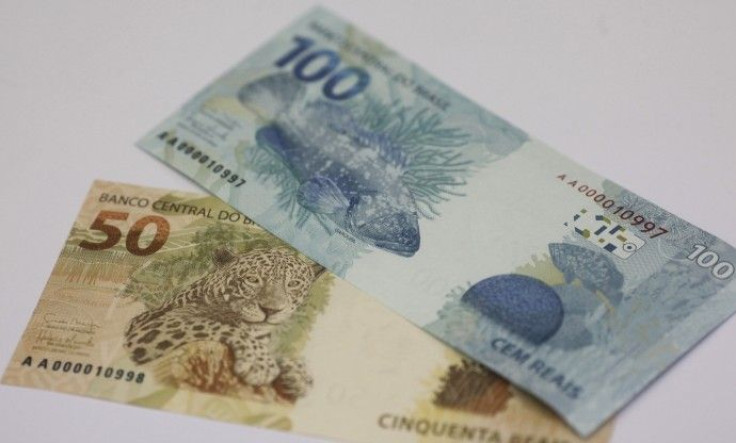Latin American currency to appreciate in 2011: Morgan Stanley

Economists at Morgan Stanley think Latin American currencies will continue to appreciate in 2011 versus the U.S. dollar.
First, Latin American countries are expected to grow more than the U.S. Second, their currencies carry a higher -- and sometimes growing -- interest rate versus the dollar.
Third, many of these currencies will be supported by their countries' commodities, which are expected to appreciate as the global economy recovers and the dollar devalues through quantitative easing.
All of these factors are expected to attract foreign capital inflows, which will only further push up the value of Latin American currencies.
Governments in Latin America, however, are likely to perceive the appreciation of their currencies as an erosion of their businesses' global competitiveness, so they are likely to enact measures to counteract their currency appreciations.
In fact, Brazil has already put up capital controls and Colombia and Peru may follow suit at some point in 2011.
This tug-of-war between policy makers and market forces will mean greater volatility in the Latin American currencies market, according to Morgan Stanley economists.
Commenting on specific currencies, economists at Morgan Stanley expect the Colombian peso and Peruvian sol to perform strongly because of their ties to commodities, the Brazilian real to appreciate but experience volatility because of likely government intervention, and the undervalued Mexican peso to appreciate without interference from the government.
Email Hao Li at hao.li@ibtimes.com
© Copyright IBTimes 2024. All rights reserved.











